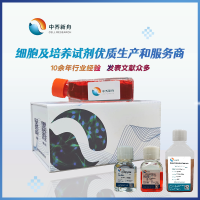This chapter describes the materials and methods necessary to generate human induced pluripotent stem cells (iPSCs) from primary
human fibroblasts and direct their differentiation into neural progenitor cells. Application of such methods is an emerging
model for the study of neurotoxicity focused on human neurons and glia derived from specific patients. The techniques described
here include primary human fibroblast culture, lentiviral/retroviral-mediated iPSC inductions, iPSC clonal expansion and maintenance,
validation of pluripotency markers, and neuronal differentiation of iPSCs. Methods and applications using iPSCs are rapidly
changing: here we describe the current methods used in our laboratories. The iPSC induction method featured in this chapter
is based on a two-step viral transduction approach described by Dr. Shinya Yamanaka and colleagues (Cell 131:861–872, 2007)
modified following the protocol of Dr. Sheng Ding and collaborators (Nat Methods 6:805–808, 2009). The neuralization method
featured in this chapter is based on the method described by Lorenz Studer and colleagues (Nat Biotechnol 27:275–280, 2009).
Maintenance and cryostorage methods were developed in our lab by optimizing a combination of approaches described in the literature.
This chapter is not meant to be comprehensive, but instead focuses on the core competencies needed to begin working with human
iPSCs and neuralization of these cells for toxicological studies.






